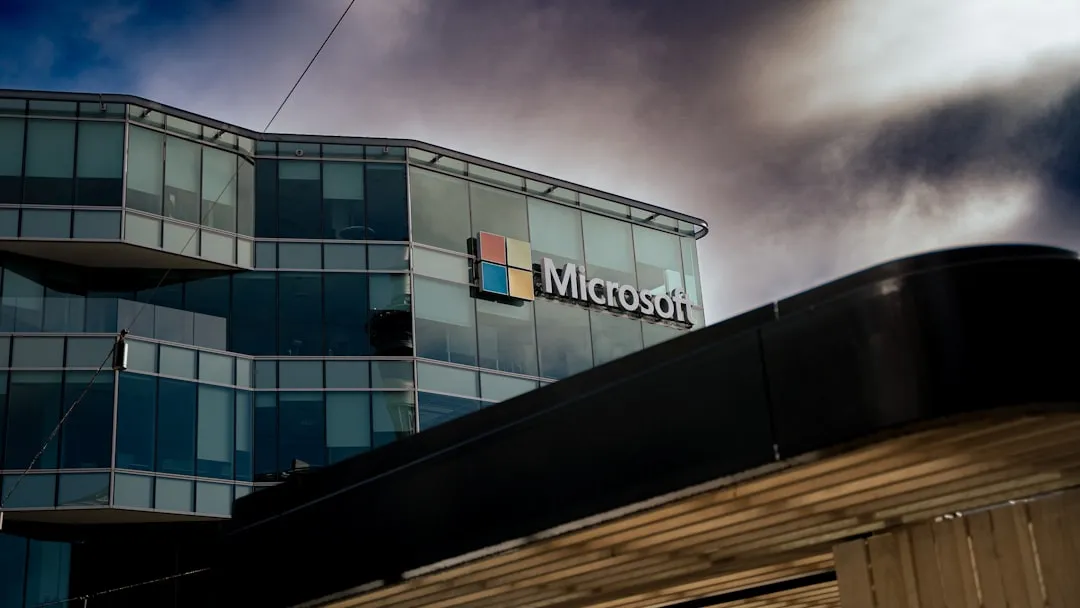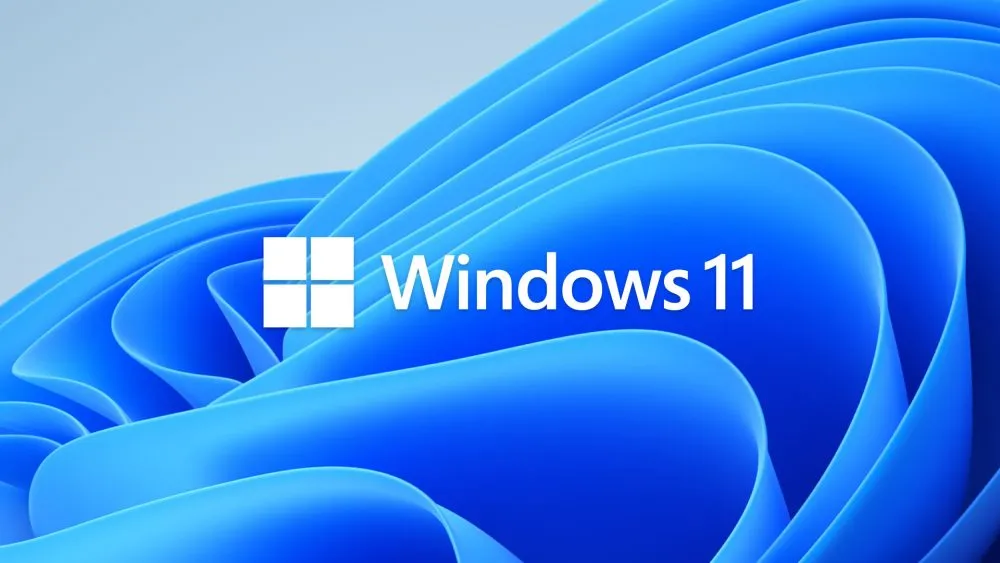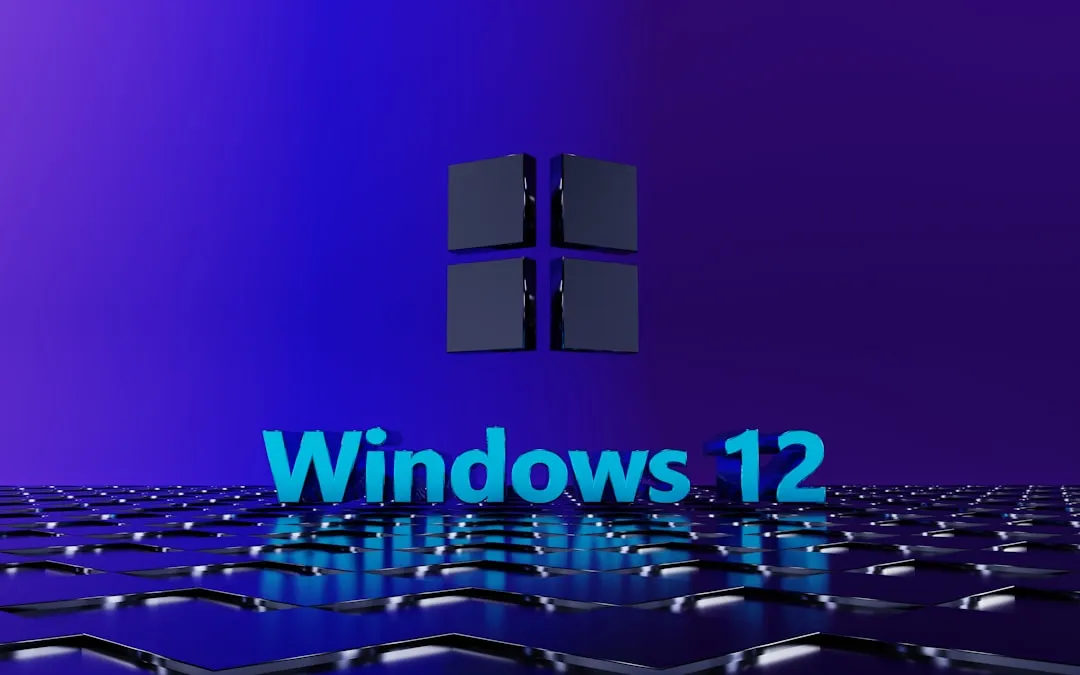Three forces collide this week: the Federal Reserve's interest rate call, Microsoft's quarterly earnings, and a high-stakes meeting between President Trump and Chinese President Xi Jinping. For tech watchers and investors, it is a live demo of how monetary policy, corporate scorecards, and geopolitics crash into each other in one trading week.
The Federal Reserve is preparing to announce its latest monetary policy decision at 2 p.m. ET, with most economists anticipating another quarter-point cut to support the weakening job market. Market participants have priced in a 97.6% probability of this move, and more could follow in December if employment data keeps sliding. What makes it stranger is that central bank officials are making their monetary policy determinations without any federal economic data because of the government shutdown, so the usual dashboard is dark.
Put it together and you get the real story of the week: AI spending plans, monetary policy made in the dark, and delicate trade talks all converging to reset the tech investing playbook for 2025.
Why the Fed's data blackout matters more than you think
The shutdown has suspended most of the economic data that the Fed relies on to set rates, including key reports on consumer spending and inflation that were delayed due to the shutdown. That puts Chair Jerome Powell in a fog with no gauges.
Picture driving on a highway at night, then your speedometer quits. You still steer, you just guess. The Fed has a second puzzle, too: its balance sheet runoff. The central bank has shrunk its balance sheet from nearly $9 trillion to around $6.6 trillion, and without clear visibility, officials are considering ending this quantitative tightening to avoid a liquidity snag.
Two moving parts, one blindfold. Rates and the balance sheet both matter for tech firms that fund growth with cheap capital, and that uncertainty complicates planning.
Markets have noticed. Lower rates tend to lift growth stocks by cutting the cost of money and boosting the present value of future earnings. Stock indices like the S&P 500 and Nasdaq have already rallied ahead of the decision, and the US dollar index has edged lower as policy expectations loosen.
If the blackout drags on, central bankers may need to hold off on rate cuts until the data lights flick back on. Tech stocks, trained on easy money, could whipsaw.
Microsoft earnings: the AI spending reality check
While the Fed flies with limited instruments, Microsoft is about to provide a ground report on AI demand. The timing fits, the decision comes as investors await quarterly earnings from tech giants like Microsoft, Amazon, and Apple, a test of the AI bull story.
Microsoft has pushed hard into AI. The company unveiled a new $40 billion AI data center deal that includes chipmaker Nvidia, a bet on the backbone of next-gen applications. Not just more servers, a platform for AI at scale.
Forty billion is real money, even for Microsoft. The question is simple: Will that spend show up as faster revenue, measurable productivity gains, and durable advantages, or are we building castles on hype?
Earnings will be a filter. Watch Azure's AI-driven growth, Copilot adoption across enterprises, and whether the touted productivity gains translate into cost savings that justify the buildout.
This week is crowded. Most of the Magnificent Seven will release quarterly earnings this week, and they're expected to provide more news and context on the state of artificial intelligence spending. All of that lands as the Fed is balancing slower hiring data, steady consumer spending, and moderating price pressures.
The Trump-Xi meeting: geopolitical chess with tech implications
The wild card is Thursday's meeting between President Trump and Chinese President Xi Jinping. Early signs point to a tentative thaw, with top US and Chinese officials reaching a preliminary trade framework that pauses immediate tariffs and export controls.
The outline includes a delay on China's rare earth mineral export restrictions and commitments to resume soybean purchases. For tech, that matters, rare earths feed everything from batteries to advanced chips.
Agriculture may seem far from semiconductors, yet stable farm trade often rides alongside broader cooperation on tech transfer, IP rules, and supply chains.
Reality check, the Trump-Xi meeting could still falter over unresolved disputes, and political risks linger even if the Fed cuts. The calendar is not friendly either; new base and reciprocal tariffs are scheduled to take effect on US trading partners in April 2025, which keeps global tech supply chains on edge.
Executives see the shift coming. Business leaders understand that a reconfiguration of global trade is underway, and geopolitics is seen as the greatest risk to economic growth by 900 executives. The tariff noise has created one of the greatest levels of peacetime uncertainty for US businesses.
Tech firms are sketching Plan B and Plan C, regional hubs, redundant manufacturing across countries, and partnerships designed to bend without breaking.
What all this mean for tech investors
Bottom line, this week is a perfect storm that could move tech valuations and strategies. The Fed's expected cut, set against the economy's inflation rate hovering around 3% year-over-year in September 2025, creates a tricky backdrop for balancing growth and profitability.
For growth investors, the data blackout is both an opening and a trap. When policy is made without clean reads, it can turn reactive, then snap back once the numbers return.
For value hunters, Microsoft's print is the audit. If that $40 billion AI tab shows up in hard metrics, lower customer acquisition costs, higher revenue per AI-enabled customer, and real productivity gains, it validates sector-wide AI capex. If not, AI-heavy names could get repriced.
Trade politics cut by segment. Chipmakers with China exposure feel it first, while global SaaS models might breathe easier if tensions cool, whatever the summit's tone.
One more note for the week, Economists expect Powell to emphasize flexibility and meeting-by-meeting evaluation ahead of December. With government data offline, corporate earnings like Microsoft's become de facto real-time indicators.
Pro tip: While the immediate market reaction might be positive if the Fed cuts rates as expected, focus on companies with strong cash flows, proven AI monetization strategies, and geographically diversified operations. Microsoft's ability to show concrete AI ROI will likely set the benchmark for how investors evaluate AI spending across the entire tech sector through 2025.
























Comments
Be the first, drop a comment!